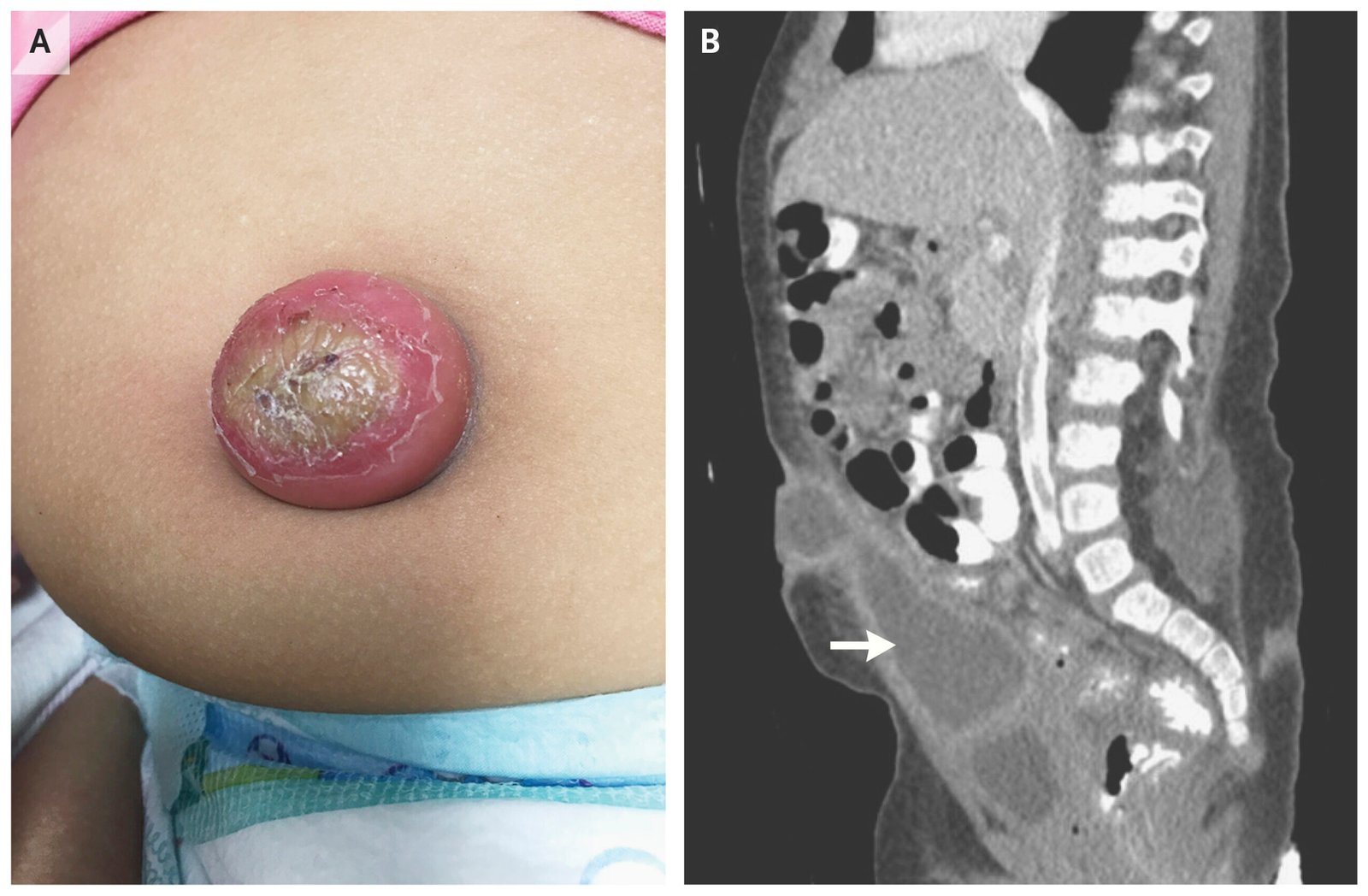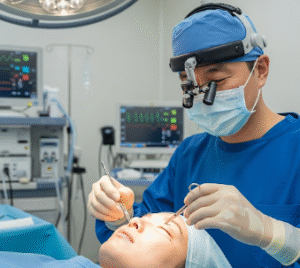Overview
Urachal Remnant is a rare congenital anomaly that results from incomplete closure of the urachus, a tube that connects the fetal bladder to the umbilical cord during development. After birth, this structure usually becomes a fibrous cord. If it fails to close completely, it can lead to various complications including infection, cyst formation, or discharge from the belly button. Though often diagnosed in infants and children, some cases are not detected until adulthood.
What is Urachal Remnant
Urachal Remnant refers to a persistent portion of the urachus, a fetal canal that extends from the bladder to the umbilicus. Normally, the urachus obliterates before birth and becomes a fibrous structure called the median umbilical ligament. In some individuals, this process is incomplete, leading to residual urachal structures that can become symptomatic or infected. There are several types of urachal remnants, including:
- Patent urachus (open connection between bladder and umbilicus)
- Urachal cyst (fluid-filled cavity in the midsection of the urachus)
- Urachal sinus (open at the umbilical end)
- Urachal diverticulum (open at the bladder end)
Symptoms
- Clear or yellow discharge from the umbilicus
- Foul-smelling or pus-like discharge (if infected)
- Redness, swelling, or tenderness near the navel
- Abdominal pain, especially in the lower midsection
- Fever (with infection)
- Recurrent urinary tract infections
- Palpable mass below the belly button (in case of cyst or abscess)
Causes
Urachal remnants are congenital, meaning they occur due to developmental anomalies during fetal growth:
- Failure of the urachus to close completely during fetal development
- Embryologic defect in the formation of the bladder or umbilical region
- Delayed or abnormal obliteration of the urachal lumen after birth
These remnants may remain asymptomatic for years but can cause problems when infected or enlarged.
Risk Factors
- Male gender (more common in males)
- Infants and young children, especially boys
- Adults with persistent umbilical discharge or infections
- Family history of congenital urogenital anomalies
- Abdominal trauma or surgery near the umbilicus may aggravate a silent remnant
Complications
- Infection or abscess formation in the urachal remnant
- Urachal cyst rupture leading to peritonitis
- Sinus or fistula formation
- Recurrent infections of the urinary tract or belly button
- Urachal adenocarcinoma: A rare but serious cancer arising from the remnant in adults
Prevention
Because urachal remnant is a congenital condition, it cannot be prevented. However, early detection and management help avoid complications:
- Prompt evaluation of umbilical discharge or swelling
- Timely treatment of infections to prevent abscess formation
- Ultrasound or imaging in symptomatic children or adults
- Monitoring of asymptomatic remnants if incidentally discovered
Treatment Options in Korea
South Korea offers precise diagnostic imaging and effective surgical treatment for urachal remnants, both in children and adults:
- Ultrasound or CT scan: To confirm diagnosis and assess the type of remnant
- Antibiotic therapy: For initial management of infected urachal remnants
- Surgical excision:
- Laparoscopic urachal resection: Minimally invasive removal of the remnant and connected tissues
- Open surgical resection: For large abscesses or suspected malignancy
- Partial bladder resection: If the remnant extends into the bladder
- Histopathological analysis: To check for rare cases of malignancy
- Follow-up care: To monitor healing and prevent recurrence
Korea’s pediatric and urologic surgery teams offer high success rates and fast recovery for patients with urachal abnormalities.













